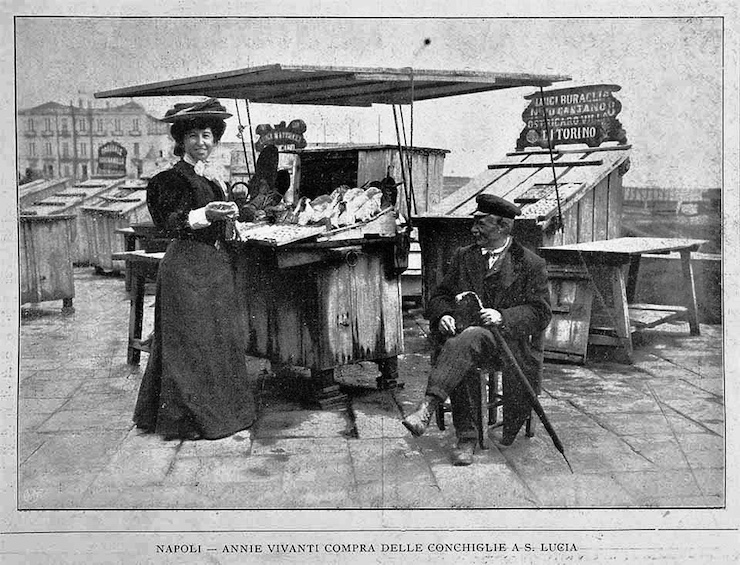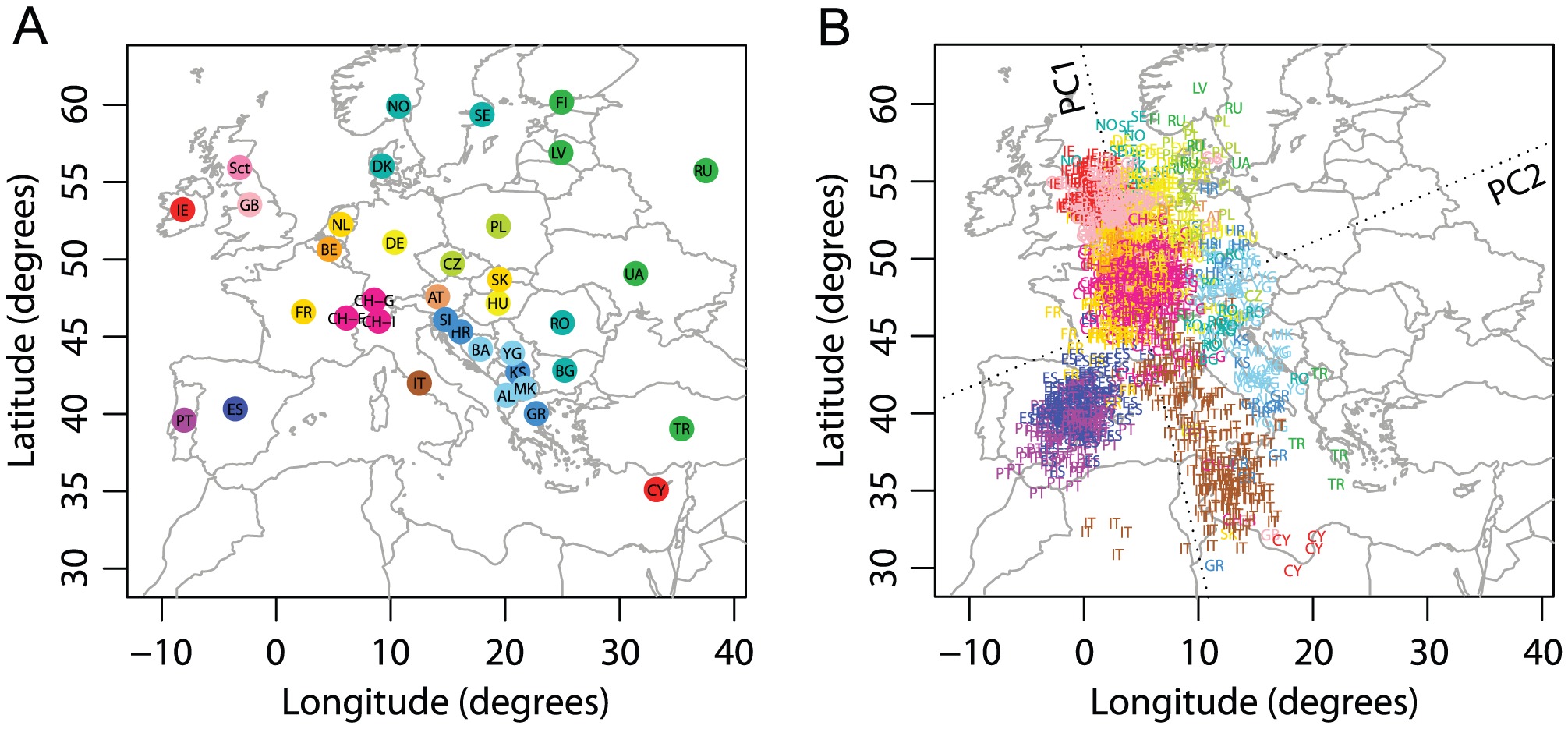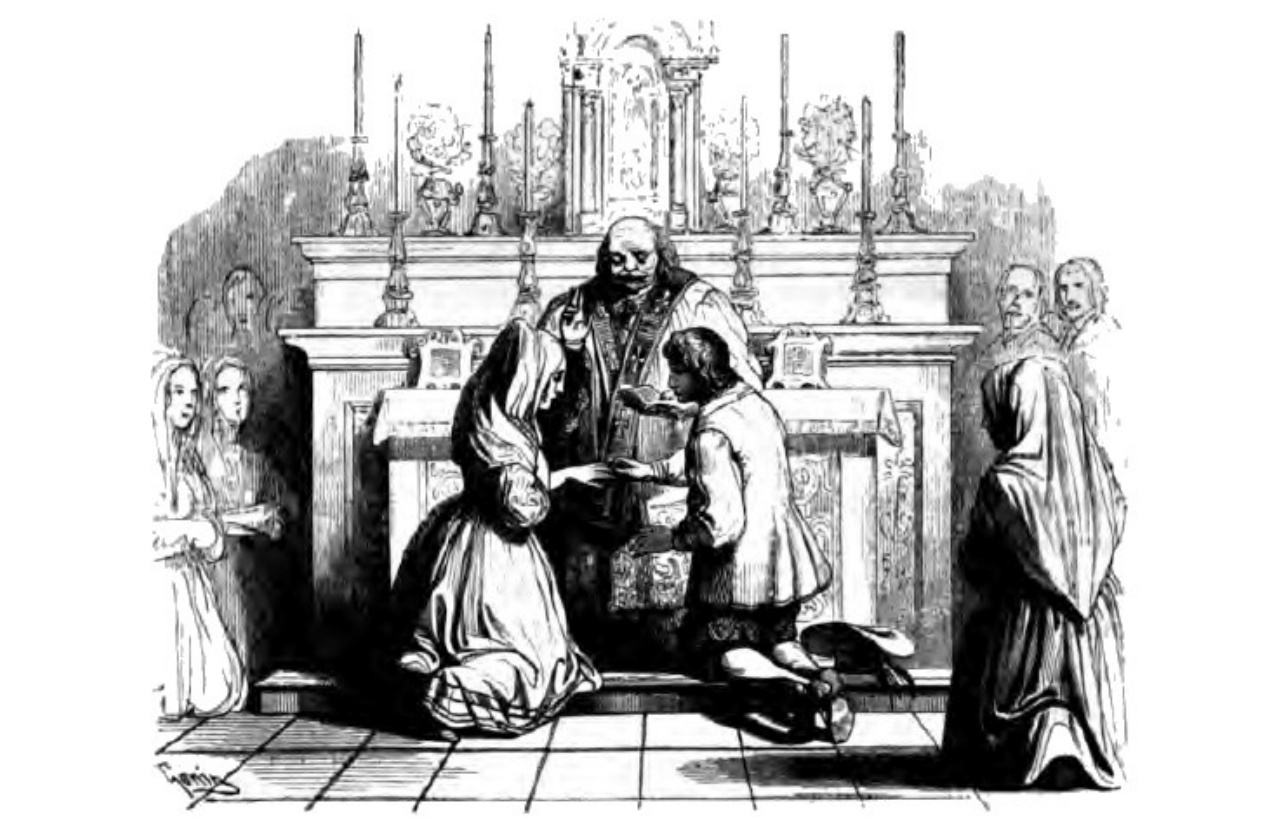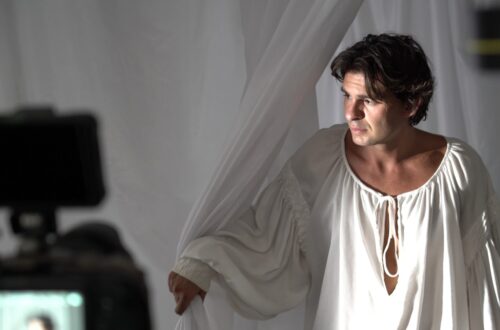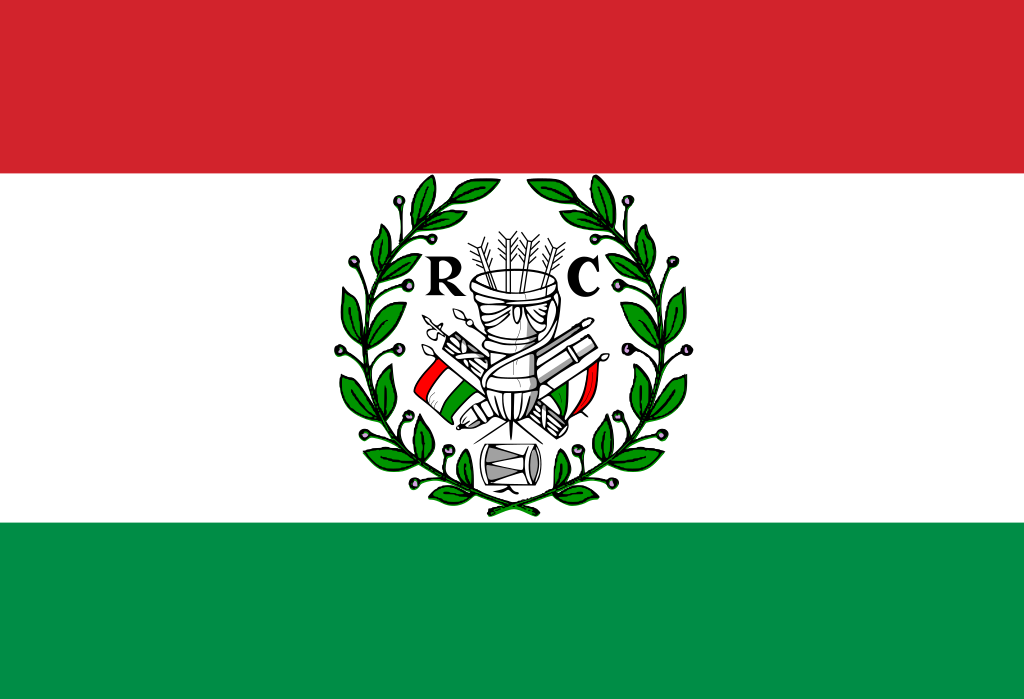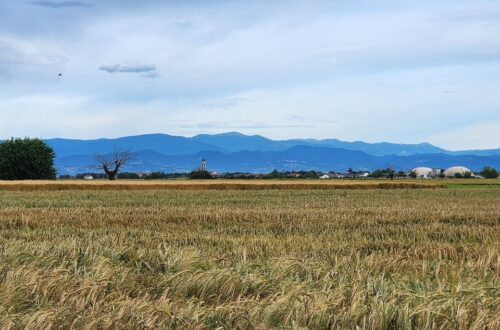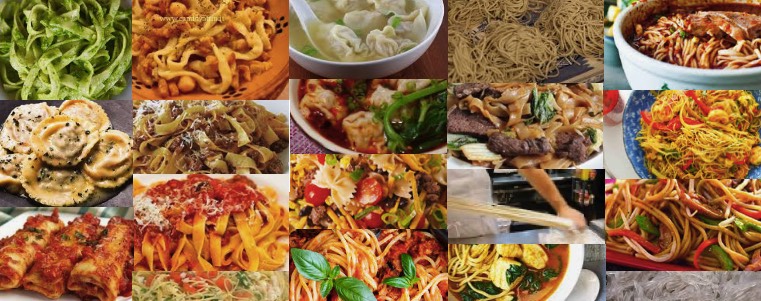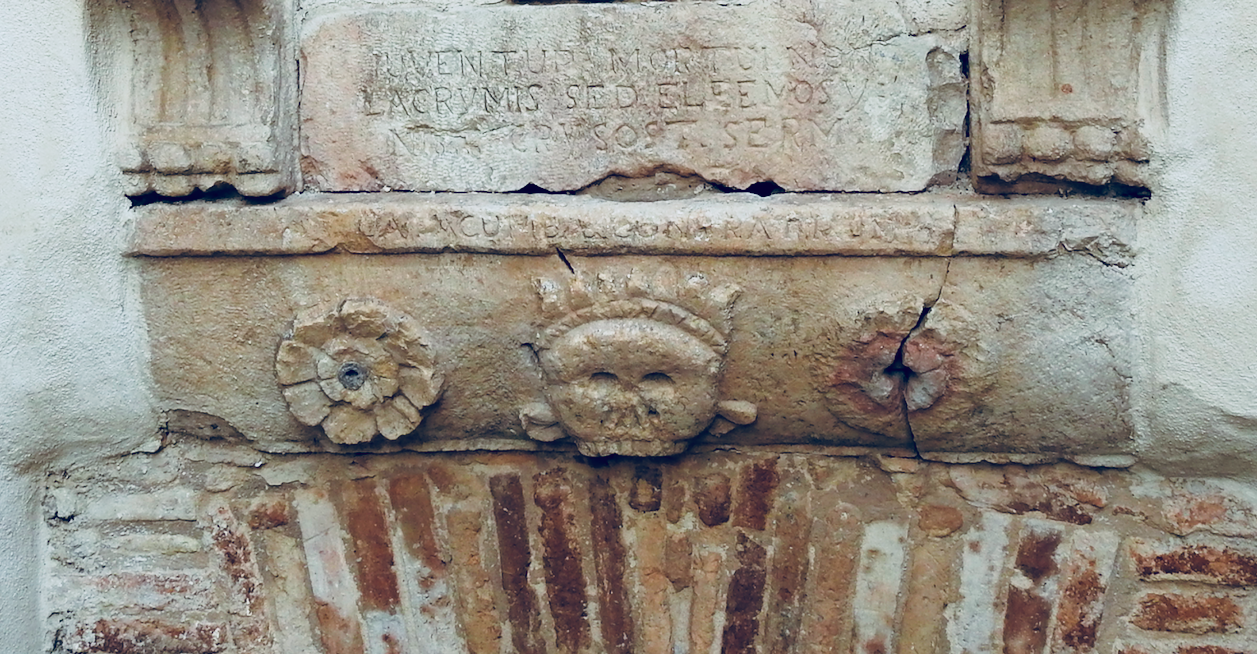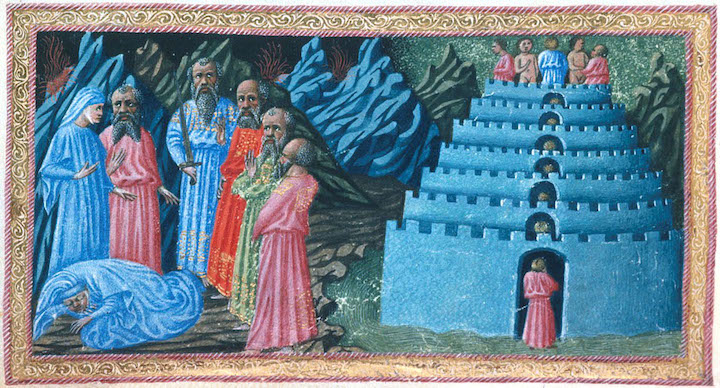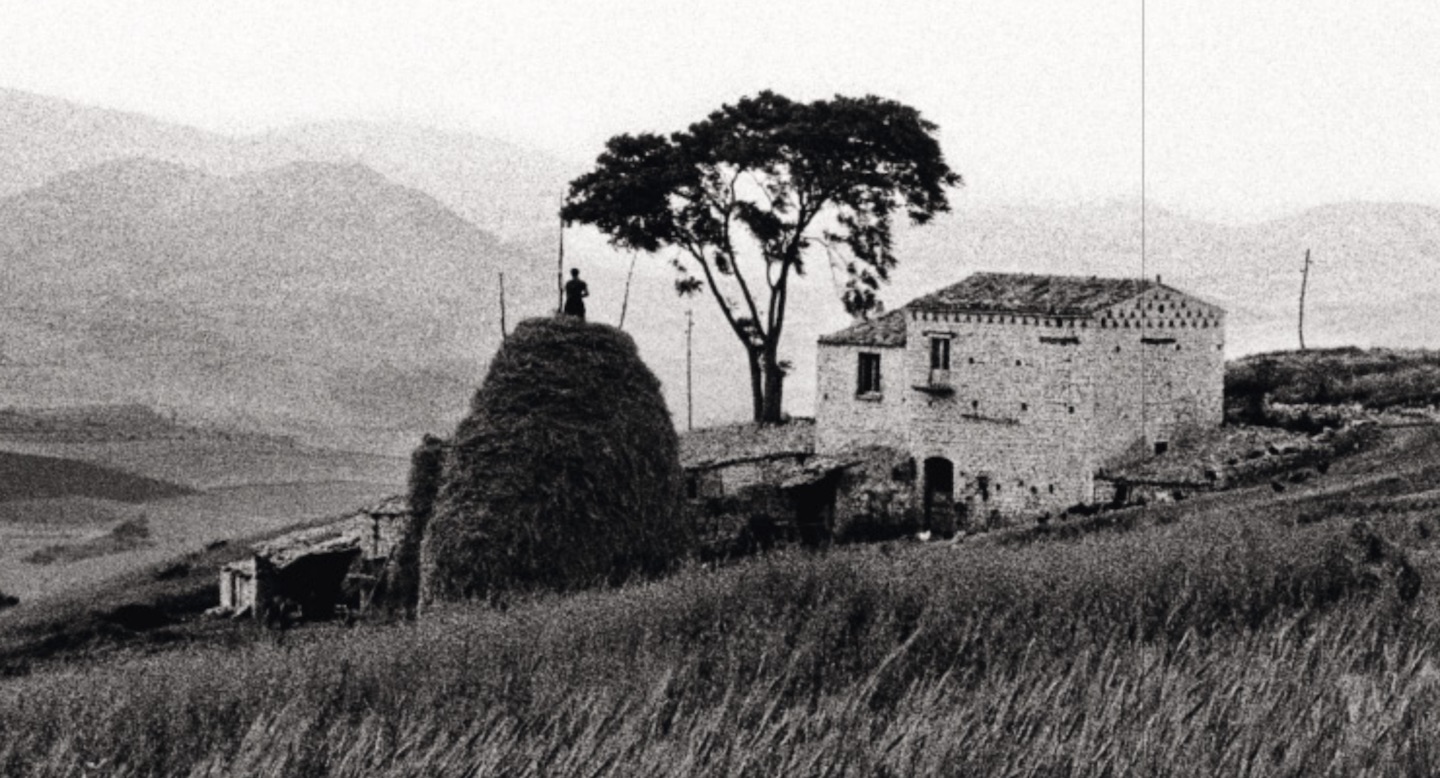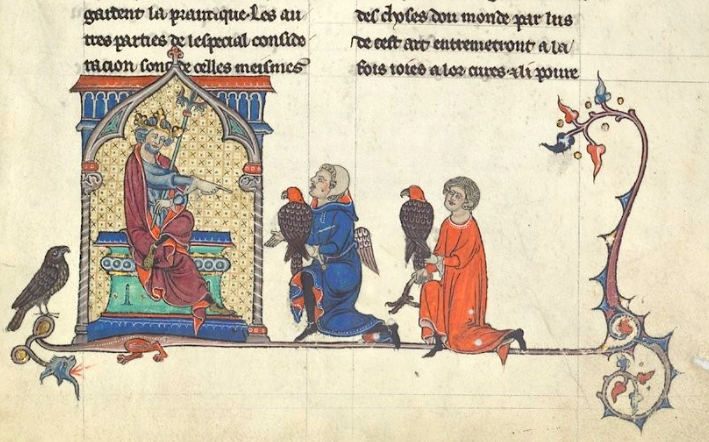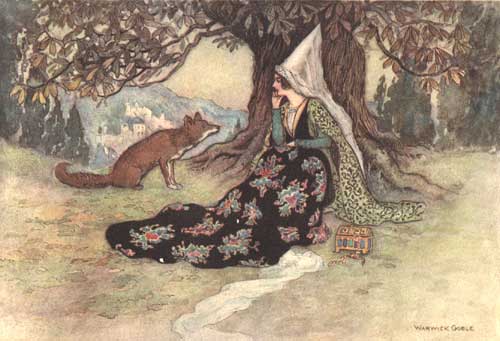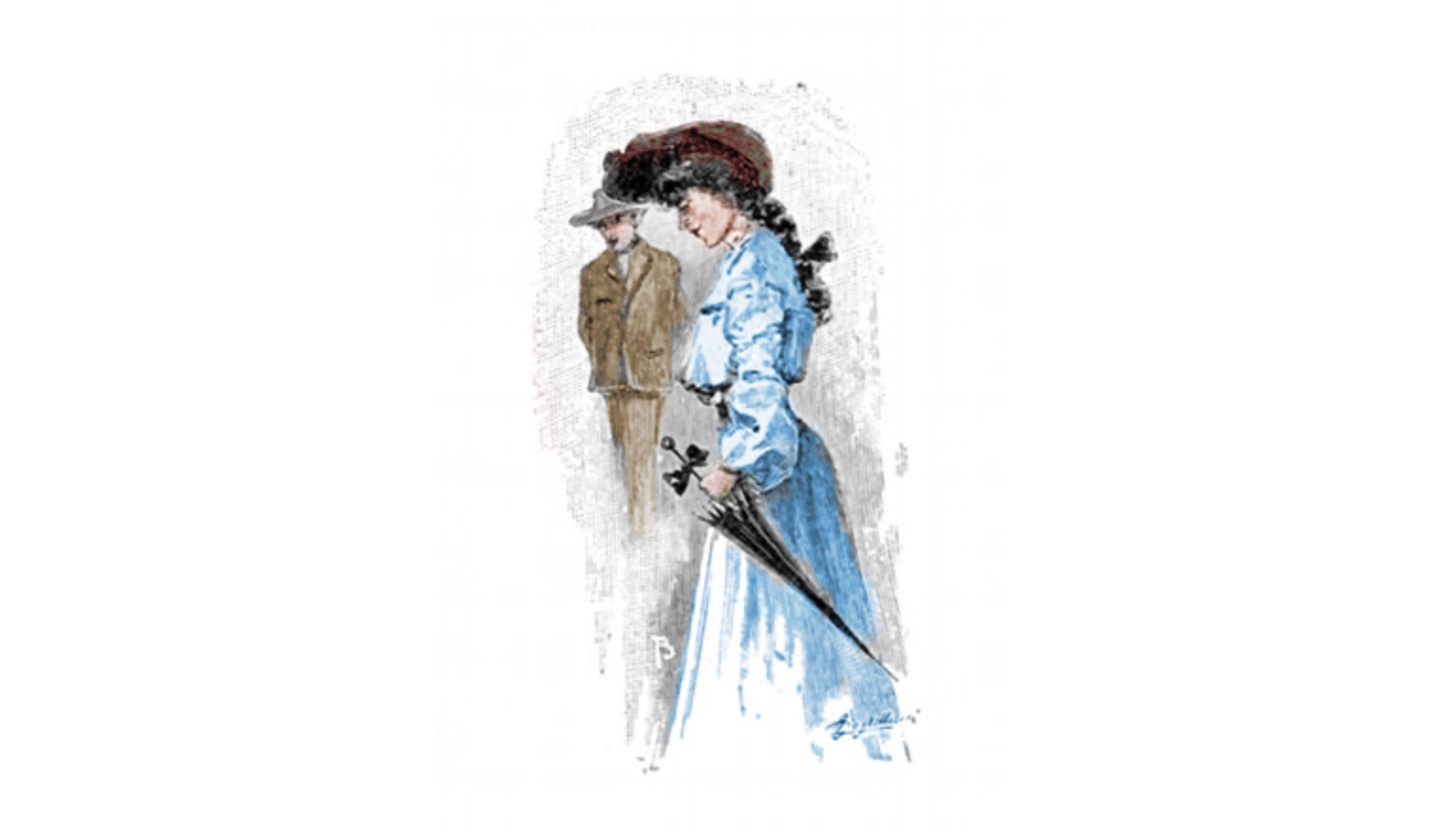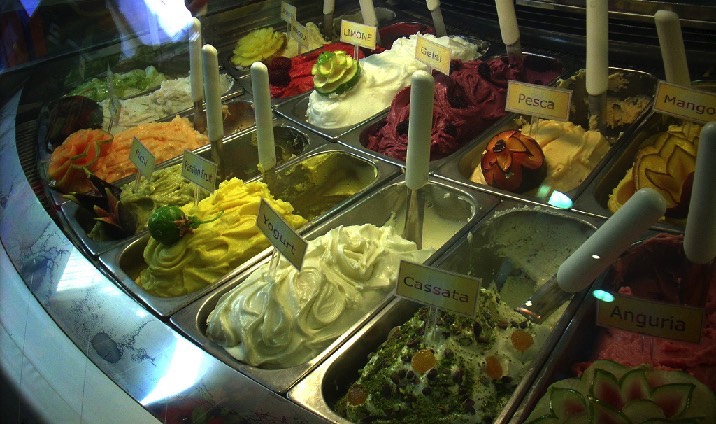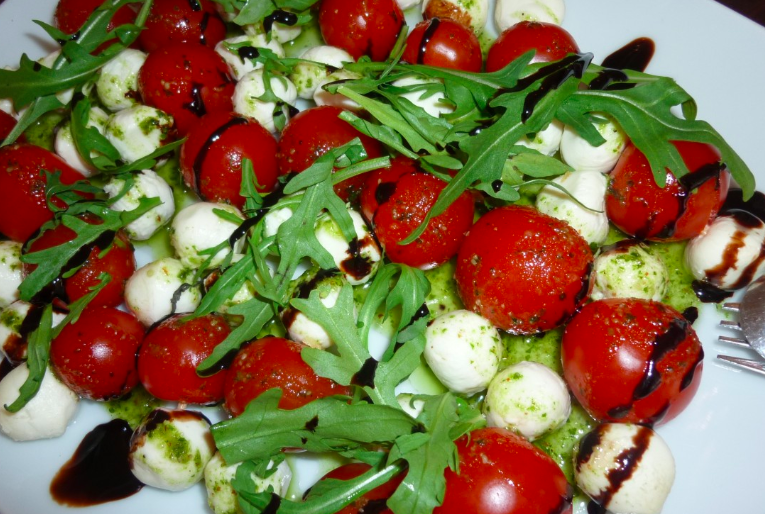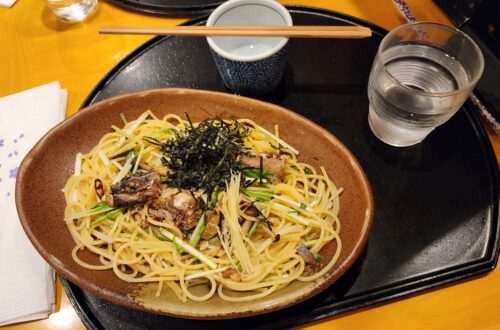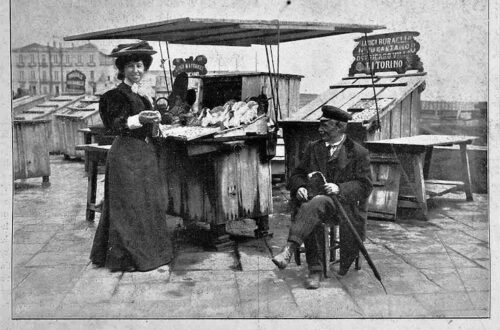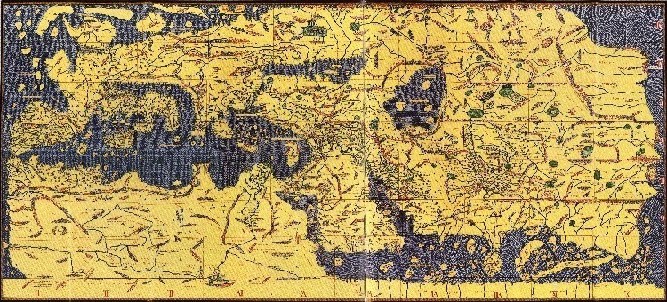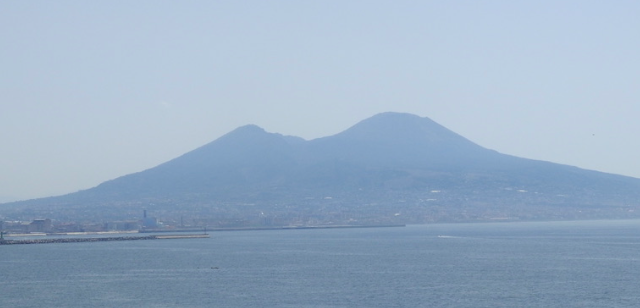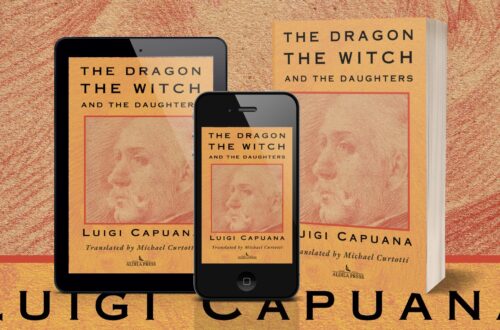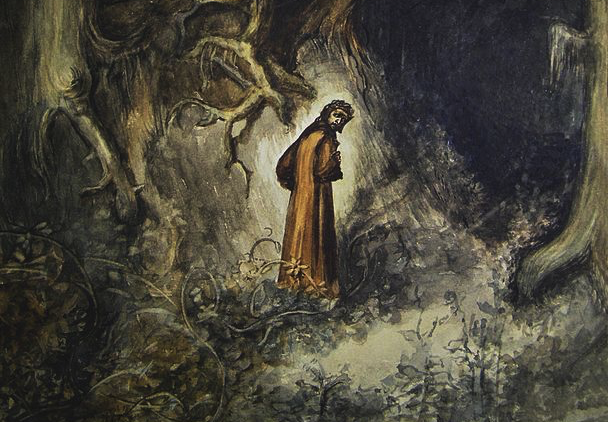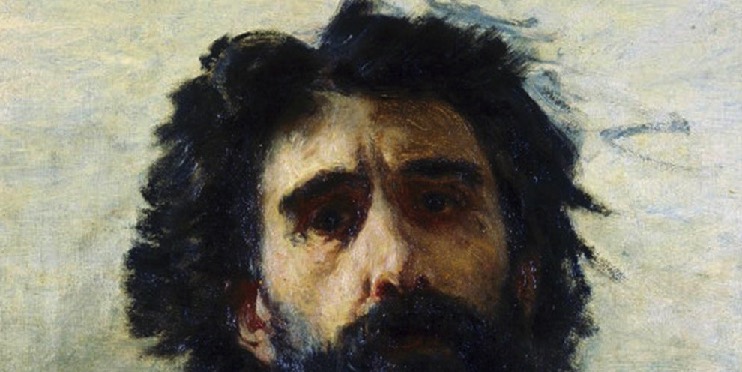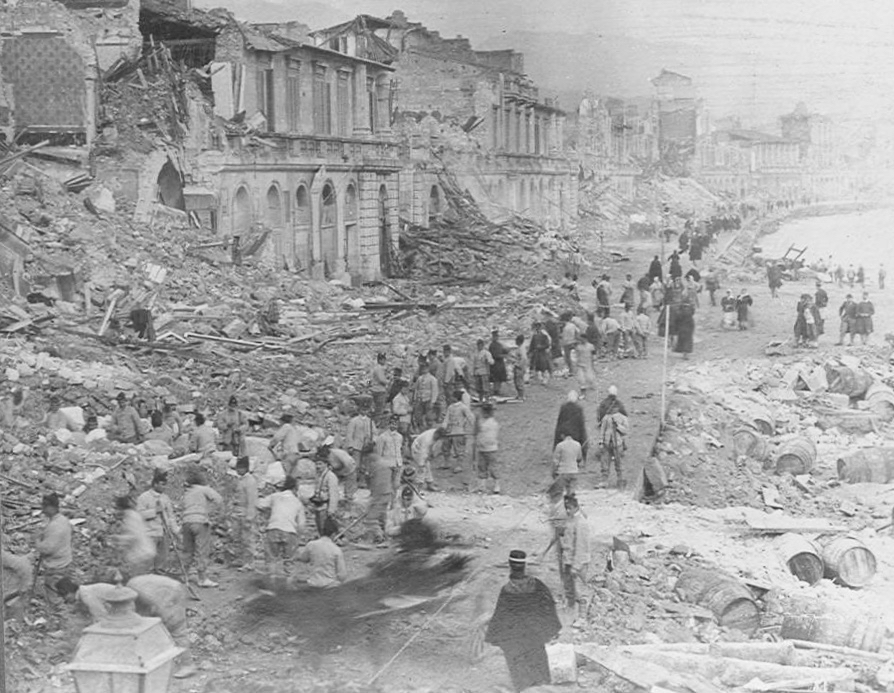Italy Modern (1900 onwards)
-
Annie Vivanti – What is your country and what your faith?
Annie Vivanti was a celebrated writer in her own day, and her works were translated across Europe. Her poem “ego” (used in the sense of “I”), caught my attention. It appeared in her first collection of poems and captures the orientations of youth. She is not yet twenty when she writes it, and she uses it to introduce herself and her poetry. Yet she lives in a world in which she doesn’t fit. The world’s boxes are not designed for her, and the world struggles to find the right pigeonhole in which to put her. As the poem which follows makes clear, it is a process which she resists. Of…
-
The Flag without a Country: the Origins of the Italian Flag
The red, white and green of the Italian flag is well-known as a symbol for Italy. The Margherita pizza celebrates its colours. Its colours are displayed at every national celebration. But where does the flag come from and how did it come to be the national banner of Italy? As with many good stories, the story of the Italian flag has a backstory. Sure it was carried by Giuseppe Garibaldi and his thousand red-shirts when they landed in Sicily in 1860, but the flag was already more 60 years old by then. The backstory indeed doesn’t start in Italy at all. The resemblance of the Italian flag to the French…
-
When Malaria in Italy was a National Disease
At the end of the 19th century, up to 20,000 Italians died every year from malaria and millions were infected. Even the word is Italian: “la mal’aria” – the bad air – a phrase to describe the mysterious and then unknown causes of the disease, which was attributed to the “bad air” of swampy ground. Malaria arrived in Italy in ages past, and was there when the ancient Greeks began to build their cities on Italy’s shores. The story of the effects of malaria is recorded in the collapse of the once flourishing city of Posaedonia (today Paestum). Founded about 600BC, its ancient Greek temples still draw tourists from around…
-
Lacedonia – Frank Cancian’s Pictures of a Disappearing World
In 1957, it must have been a trip of a lifetime. Frank Cancian was going to Italy. An American student, child of Italian immigrants, he had won a Fullbright scholarship. The project would combine his love of photography and his studies in anthropology. He would use his camera to document the life of Lacedonia, a town in the hills of Avellino. To reach Lacedonia you have to climb into the Apennines to the east of Naples. In ancient times this had been the land of the Samnites, Rome’s bitter enemies, who had long resisted conquest. Later it became the border lands of southern Lombard duchies before the Normans placed their…
-
Prendiamo un caffè? Italian Coffee Culture
Let’s face it without the caffè this morning (yes, made with a traditional Italian caffettiera), I wouldn’t be writing this. Names like espresso, cappuccino, latte, and the now ubiquitous Italian espresso machines are a standard part of Australian cafe culture. So it’s natural to assume there is something quintessentially Italian about coffee. As Simona Lidia, a blogger on Italian culture jokes “an Italian will always believe deep inside that coffee grows spontaneously in Italy, and only in Italy, since the Lower Paleolithic.” Living Italian Coffee If my experience is anything to go by Italians, even in diaspora, can’t escape Italian coffee culture. Growing up, the tiny white cups were there…
-
Police Order Number 5: The Jewish Holocaust in Italy
For years talk of race had been everywhere and step by step the path led towards the Jewish Holocaust in Italy. When, on 30 November 1943, Duffarini-Guido, Minister of the Interior placed his signature on Police Order Number 5, what was already a reality of oppressive persecution became an implacable machine of death. Primo Levi passed through that machine when it sent him to Auschwitz. The War in Italy On 9 July 1943 allied troops had landed in Sicily and by 3 September the invasion of the Italian mainland began. The same day Italy signed an armistice with the allies. The Grand Fascist Council had already lost faith in “Il…
-
Italy’s Rapunzel, Cinderella and other Italian Fairy Tales
The first European collection of Fairy Tales, the Tale of Tales was written in Naples in 1630. It tells such well-known stories as Rapunzel (Petrosinella – or Little Parsley) and Cinderella (La Gatta Cenerentola). Giambattista Basile wrote the Tale of Tales (also known as the Pentamerone) in Neapolitan rather than standard Italian. It was the first book of children’s fairy stories published in Europe and arguably gave birth to the written genre that we know today, although the spoken tradition is much older. Basile’s book is a who’s who of fairy tale characters we know today. As well as Rapunzel and Cinderella (La Gatta Cenerentola) the story of Snow White,…
-
Primo Levi Zinc and the Pure Race
There is a place so deep in hell that Virgil could not bear to show it to Dante. Science, in unholy coupling with prejudice, indifference and self-interest, discovered it in our own times: and called it Auschwitz. Primo Levi, an Italian Jew, passed through that hell, and survived. Although, until Fascism made of him a thing to be exterminated, Levi hadn’t given any importance to his Jewishness. Zinc is a short story of Primo as a young chemistry student. Like countless young men before him he meets a girl: Rita, and shares the exhilaration of the first faltering steps of getting to know her. It could be the story of…
-
Il Drago by Luigi Capuana Part 7: Ruminations of a Dragon
In this seventh instalment of Luigi Capuana’s Il Drago, in translation, we continue to follow the story of Don Paolo, Giovanna and Lisa and we learn Don Paolo’s fears. Il Drago Part 7: Ruminations of a Dragon by Luigi Capuana, translation Michael Curtotti He had put them to bed and then proceeded to bed himself, after first checking on the donkey. And (so that the children would not be exhausted) he had re-washed the pots and pans himself. But he could not sleep. In his mind he was before the judge; ruminating on what he would say to him. He spoke aloud, almost as if the judge stood before him;…
